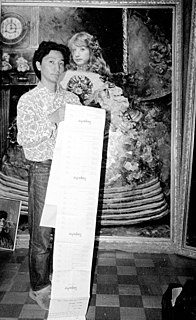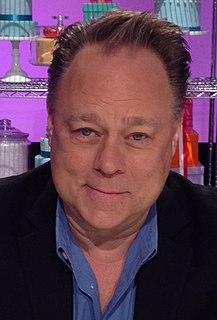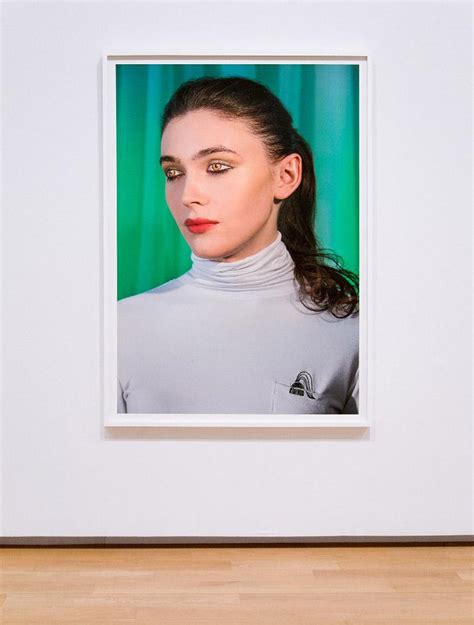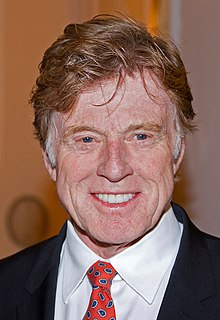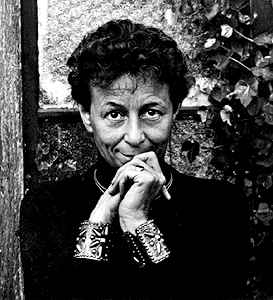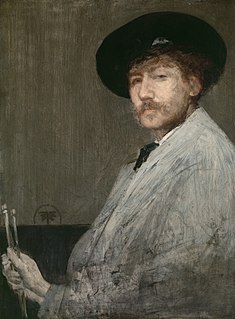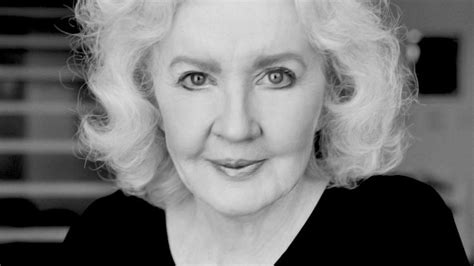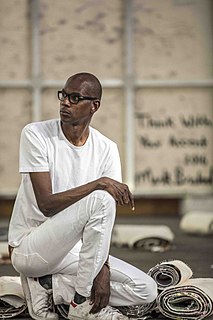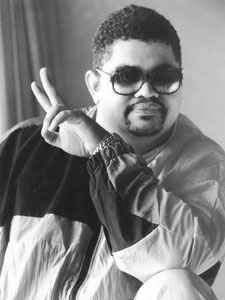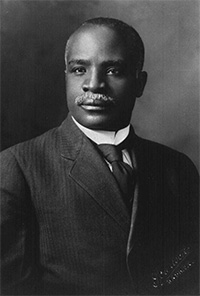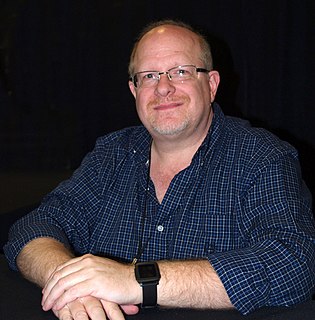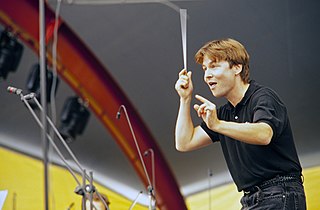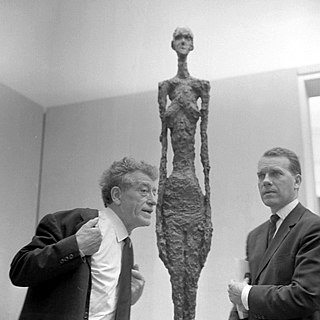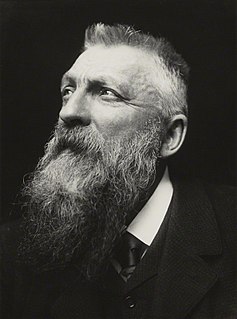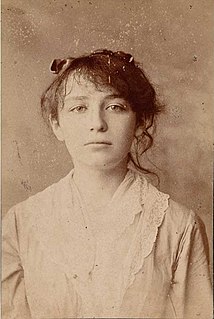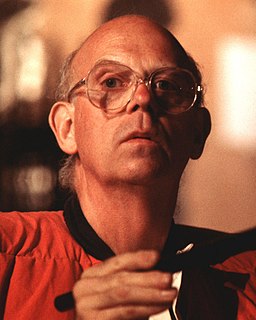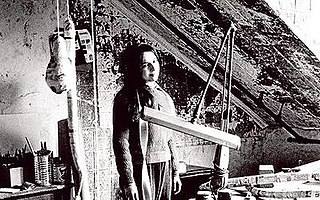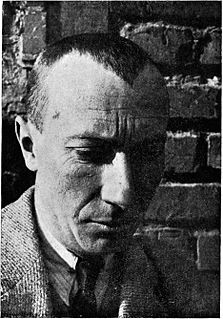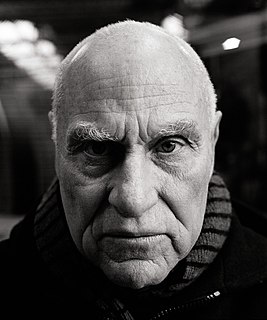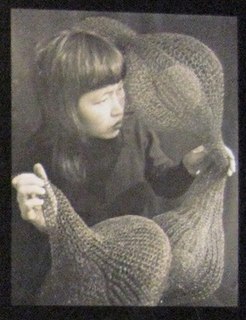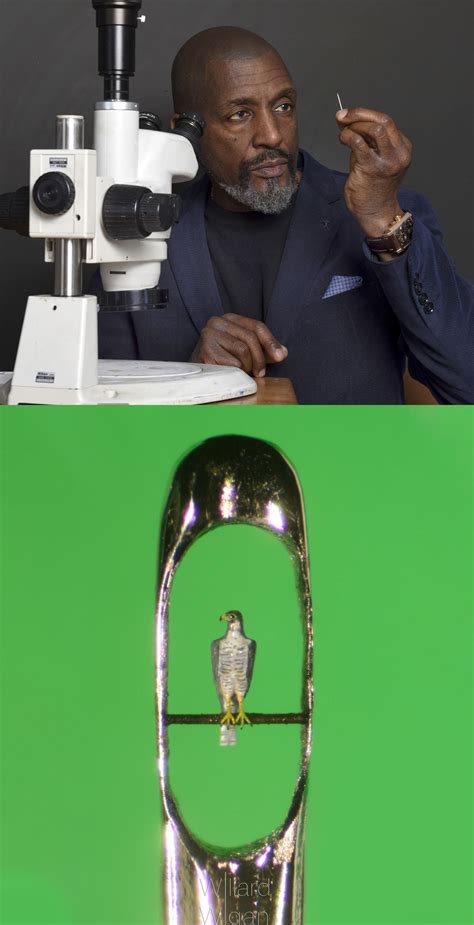A Quote by Robert Gober
When I was a young artist, and I would go look at other artists' career retrospectives, and I was often disappointed with the lack of story line... What was missing to me was the story of where the artist came from and how they got to where they were.
Related Quotes
I was worried that I, the artist Morimura, would have conflicts with the participating artists and develop a strenuous relationship with them. But the actual experience was completely the opposite. The artists accepted my requests rather positively, because it came from a fellow artist. I strongly feel that the fact that my being an artist avoided the usual curator vs artist tension, and led to creating a positive atmosphere as well as developing a solidarity amongst artists and building a community for artists.
Every great artist must begin by learning to draw with the single line, and my advice to young animators is to learn how to live with that razor-sharp instrument or art. An artist who comes to me with eight or ten good drawings of the human figure in simple lines has a good chance of being hired. But I will tell the artist who comes with a bunch of drawings of Bugs Bunny to go back and learn how to draw the human body. An artist who knows that can learn how to draw ANYTHING, including Bugs Bunny.
Artists love other artists. Shadow artists are gravitating to their rightful tribe but cannot yet claim their birthright. Very often audacity, not talent, makes one person an artist and another a shadow artist-hiding in the shadows, afraid to step out and expose the dream to the light, fearful that it will disintegrate to the touch.
I came into having an artist's career in this very sheepish and directionless way. It's hard to explain, but I was 18 years old and I was ready to go to college; that was the next step for me. Then suddenly I had a song that blew up... and I had this artist's career and I was on tour with these big names and I didn't know what I was doing.
Artists are not helper monkeys; they’re not in it to visualize 'your' story, because it stopped being 'your' story the moment you engaged in a collaborative medium. From here on in, it’s also the artist’s story, and if you’re working with an illustrator who’s any good at all, you as a writer have to tamp down any control-freak tendencies you suffer under and relax into the process.

